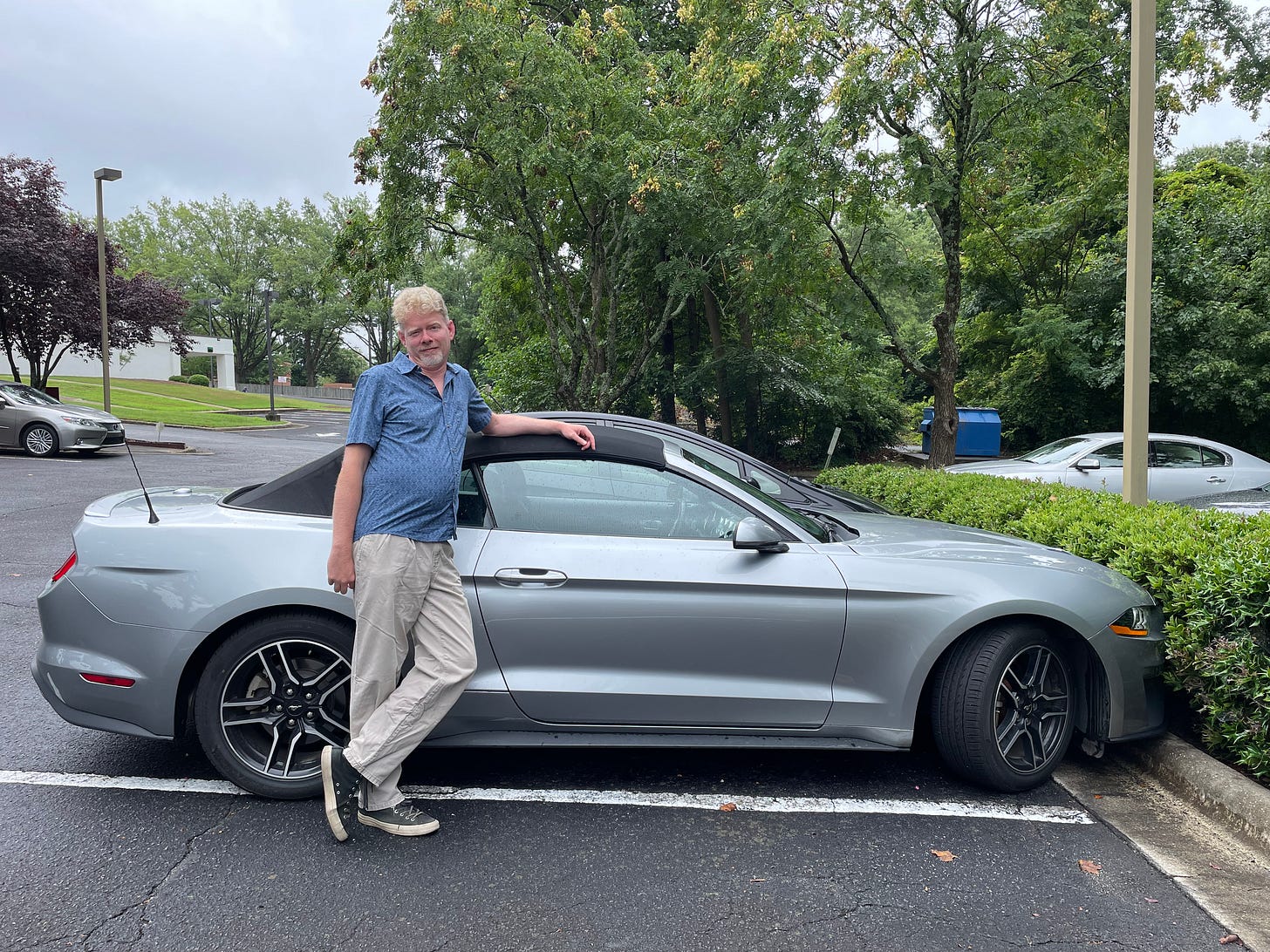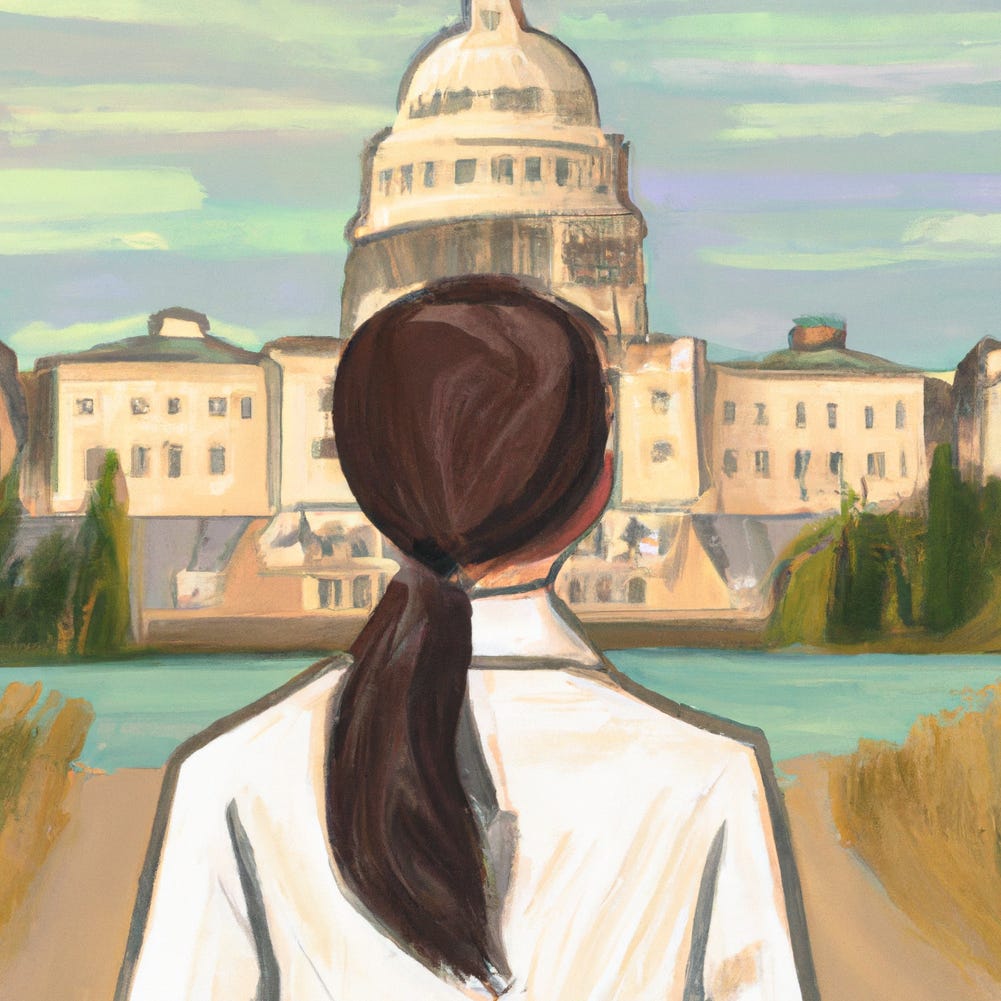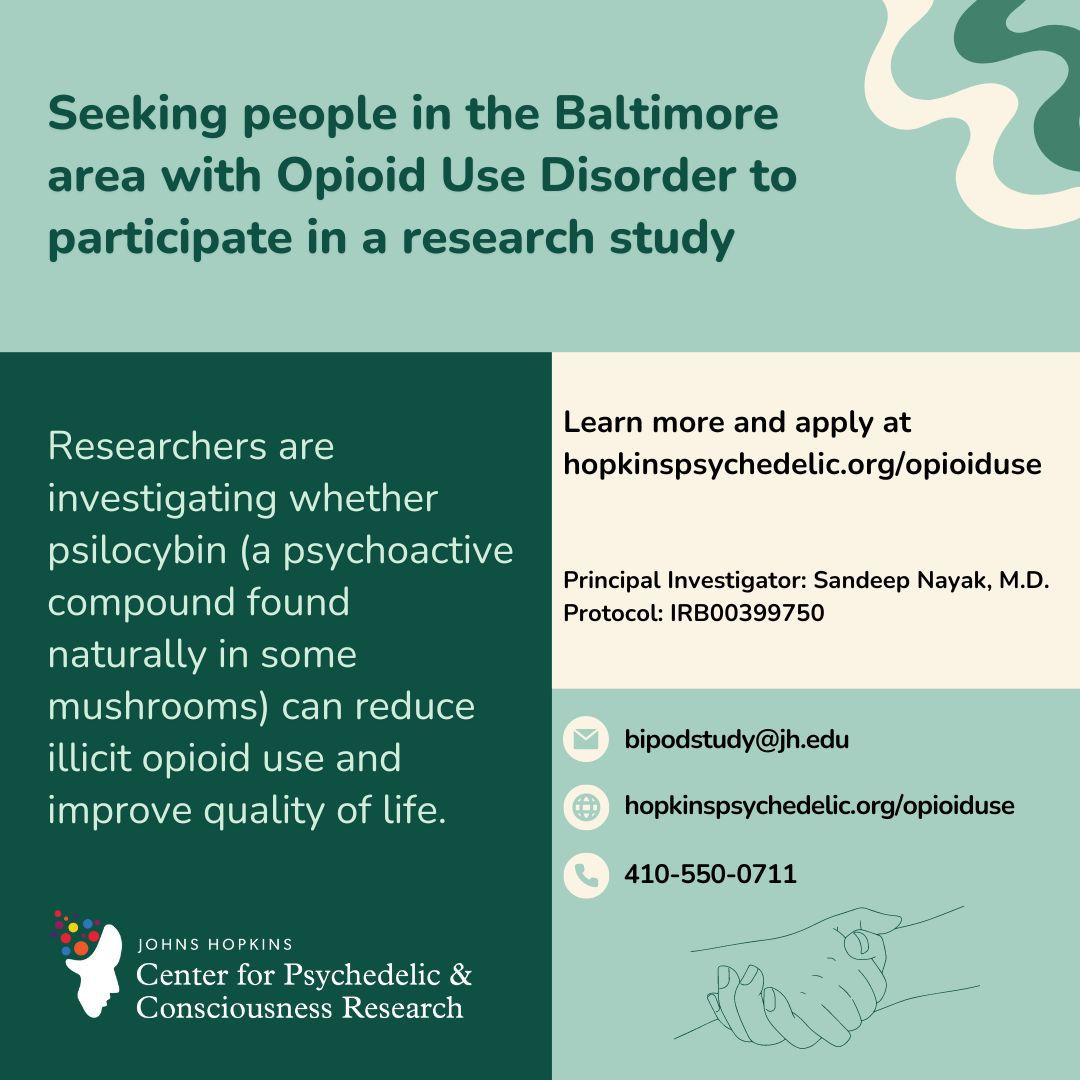Sigma Xi, the sib-ority of science (and engineering, dammit!)
This honorary society, open to all STEMy disciplines, is headquartered in Research Triangle Park, about an hour away from Greensboro. I’ve been citing their qualitative, anecdotal study of how science fiction inspired generations of technical professionals for a long time, almost since it came out in 2010. (Time for a more systematic update, maybe?)
However, I have never been a member and have never written for their magazine, American Scientist. Since I am not myself doing research at this time, the only way that will happen is if I collaborate as the writing partner to someone who does. Fortunately, I work at a research-intensive university.
At least I think I do. Jargon is a moving target.
The event I detail below was put on by a former editor of that magazine, who gave me some good insight into what it is looking for. I was hoping to meet the current one at a SCONC happy hour on the last night, but she was gone by the time I arrived. I did meet some super-sweet grad students, mostly from Duke, including one who has been science blogging here on Substack.
Just so it’s clear, the SCONC logo was in fact one of the inspirations for Peppy the Cyber-Skunk.
Science Policy Boot Camp
I registered for this event really late, or I thought I had. Trying to get stuff done over the summer, while one admin assistant has moved on to greener employment pastures and the other is on vacation, leads to some interesting outcomes.

Monday
I got a late start, because I had promised to switch speaker dates with another member of my Rotary club and didn’t want to go back on my word. Then the skies opened up, which slowed traffic on I-40 and caused multiple accidents, which slowed it even more. At one point I saw three different lightning strikes from different points on the clock face of the horizon at the same time. It was raining so hard I got off the road in Durham to get a coffee and wait it out. As I was trying to find the promised Starbucks, a power surge caused a pole across the street from me to jump and twist in its hole, and then with a very loud POP its transformer spurted black smoke. So I left.
I got to Research Triangle Park so late that I just checked into my hotel and headed straight for the Boxyard, where the schedule said they’d be doing happy hour. That turned out not to be true. The individual stores are inside roofed buildings, but the central courtyard is only canopied, and it was raining so hard at times that the uncovered bits were sizzling with spray. I did get to meet some interesting wait staff inside at Fullsteam, where they had a bunch of prints of 70s apace habitat designs on the walls that I recognized from a documentary about Gerard K. O’Neill called The High Frontier (the book of the same name is here).
Back at the hotel, with the rain slacking, I realized I was directly under the flight path for RDU. I was so tired by then I didn’t care.
Monday catch-up (thanks, Sam!)
I missed the general overview of state government on Monday, though one of the other participants was kind enough to send me a copy of her notes.
Somebody recommended Roger Pielky’s book The Honest Broker. He also has a Substack of the same name, which I subscribe to for free.
Sheril Kirschenbaum of Michigan State recommended several other books.
Richard Brown - Idea of Informed Citizenry in America
with Chris Mooney - Unscientific America
Sabatier & Whiteman’s 1985 paper on Information Flows in Legislative Process
She also has a Substack, which I have not yet read.
Chris Cooper pointed out that state government and policy have the most impact.
Better access
(Donation) money goes farther
Most policies that matter happen at the state legislature
Less competition
He also recommended his own book, Anatomy of a Purple State, and
Dan Cahan - Cultural Cognition
Tyler Norris, a PhD student at Duke, spoke on “Achieving Policy Outcomes” from inside a federal agency, specifically energy policy.
So that’s three different hour-long lectures / Q&As in three or four hours. Pretty intense pace, thus the bootcamp metaphor. There were no pushups, as far as I know, though they might have been helpful as a mind-clearing break.
Tuesday
The morning was another multi-hour whirlwind of introductions and informations.
We heard from David Kaiser of the NC Rural Center, who gave us some incredibly basic information about how the Legislature writes a two-year budget during the long session and then only adjusts it during the next year’s short session. I say incredibly basic, and yet I did not know that despite having lived here for coming up on twenty years (since 2006). Legislators are apparently like the early learning homeschoolers that Brandon Hendrickson described during the Shape conference — all story. He also gave some story-based statistics on stopping, which might take 1-2 legislative cycles (2-4 years), versus starting a new program, which might take 12-13 years. For instance, payday loans are illegal for people in NC (the first state to do so), but they’ve resurfaced for businesses, and have caused multiple business bankrupties (one detailed here, behind a paywall).
Gordon Kingsley from Georgia Tech walked us through how different states are moving forward with autonomous cars and especially trucks for freight (remember all those ads for drivers?) as a domain-specific example of how the states as laboratories model works. Short answer: robust but frustratingly messy (and incomplete, according to an article at the Columbia Law Review).
This Article maintains that the laboratories account is missing a
proper appreciation for the coordinated networks of third-party organiza-
tions (such as interest groups, activists, and funders) that often fuel
policy innovation. These groups are the real laboratories of democracy
today. They perform the lion’s share of tasks necessary to enact new poli-
cies; they create incentives that motivate elected officials to support their
preferred policies; and they mobilize the power of the federal government
to change the landscape against which state experimentation occurs. If
our federal system of government seeks to encourage policy experimenta-
tion, then courts should endeavor to create ground rules for regulating
competition between political networks, rather than continuing futile ef-
forts to protect state autonomy.
Finally we heard from a pair of lawyers, Boz Zellinger from the Attorney General’s office and Nancy Hardison of the NC Department of Environmental Quality, on “Science and the Legal System.” Both they and Kingsley were concerned about the Supreme Court’s overturning of the Chevron doctrine, which means that now judges will have to be educated on the scientific details of their individual cases. But none of them felt like this would completely break the system. They felt like judges would generally recognize their own ignorance and seek out the information they need to make good decisions. And we’ve all heard horror stories about executive branch cover-ups. I am admitting my personal ignorance on the future ripple effects and asking you for your thoughts.
In the afternoon, we took a much-needed break to tour the Legislative Building in downtown Raleigh. The Legislature is technically still in session, but that mostly means someone shows up every four days to bang the gavel; there’s no quorum, and no work getting done.

I was happy to learn the (again) incredibly basic information that we have 170 total legislators (120 in one house and 50 in the other), but looking at the red carpet on the grand stairway did nothing for me, any more than seeing the Governor’s twenty-foot-tall Christmas tree at the mansion did last December. If we’d gotten to meet some staffers, that might have been cool. I wouldn’t have minded seeing the state archives next door.
Wednesday
This day there were both morning and afternoon sessions, so I’m just going to have to save those for another day, when I can do them more justice. It will be worth the wait.
Thursday
This was Hackathon Day. We were randomly assigned to four teams of 3-4 science nerds apiece, and teams chose one of three policy challenges on which to advise the Governor’s office. These were chosen by our judge for the day Deborah Stine, who leads trainings on this stuff around the country. We spent about 4.5 hours doing research and building 10-minute presentations of 5 slides each.
Expert Input on Lithium Mining in Gaston County. Two teams chose this challenge, and both of them came up with similar ideas on setting up mixed task forces of scientific experts and residents who could monitor the company. Our judge, playing devil’s advocate, emphasized the after-the-fact nature of monitoring for toxic substances, which might not satisfy the fearful / angry residents. One of these teams won first prize for explicitly including a story about a local family’s contaminated well, drawn from news reporting, which contained the financial details of all their repeated testings and unsuccessful remediations. Again, story was king.
Optimizing NC’s Innovation Ecosystem. One team chose this one, and suggested breaking large state grants into smaller and shorter Phase I and Phase II grants, similar to the national SBIR program. Our judge, escalating her devil’s advocate role by shifting to a more Southern accent in her comments and questions, claimed not to be able to understand their financial model, or to see the need for giving the people’s money away at all. They did win second place, though, if I remember correctly.
Additions or Recommendations on the State’s Opioid and Substance Abuse Action Plan. With my neuro background, I had some experience on this. I have been informally advising a campaign by the AmVets to get the VA hospital system to prioritize CBD and other legal cannabinoids over the much more addictive opioids for pain and other conditions that plague our veterans. The medical marijuana bill has been stalled in the Legislature for a decade, though the Senate just passed it again about a month ago. Knowing that tortured history, and thinking about the day before’s introduction to the Collaboratory, I suggested to my partners that we get them to put some money into research on psychedelics. They fleshed out that proposal to using regional universities like UNC Pembroke (in the worst-affected county in the state) to train nurses in the use of naloxone and other harm reduction strategies (as called for in the plan) and in running community-based clinical trials. House Bill 727 sets aside $4.5 million for trials on MDMA for post-traumatic stress disorder and psilocybin for depression and anxiety. We cited that bill as evidence of interest in funding psychedelic research and as a financial baseline for our project.
Unfortunately, that was not a story, and as ours was the last presentation of the day, our judge was having a lot of fun with us, ramping her performance up to full C-SPAN mode. If there had been a gavel, I’m sure she would have banged it. Where the other groups of bright young professionals had meekly accepted this, I as a crusty old man pushed back, perhaps a little harder than was strictly necessary for an educational exercise. We got third place (but not fourth!).
Friday
After a long night of catch-up sleep, and returning the Mustang, I happened to see this on LinkedIn.
He shoots, he scores! The crowd goes wild!
With the one team’s focus on innovation, I had planned on returning to On the Brink of Utopia this week, but this issue is pretty long as it is, so I’ll put that off.










Great Read and summary of the workshop. Love the detail of our speakers!
clearinghouse on science policy at the state level
https://www.ncsl.org/center-for-results-driven-governing/science-policy-fellowships
and our local one, for postdocs
https://ncseagrant.ncsu.edu/nc-stem-policy-fellowship/